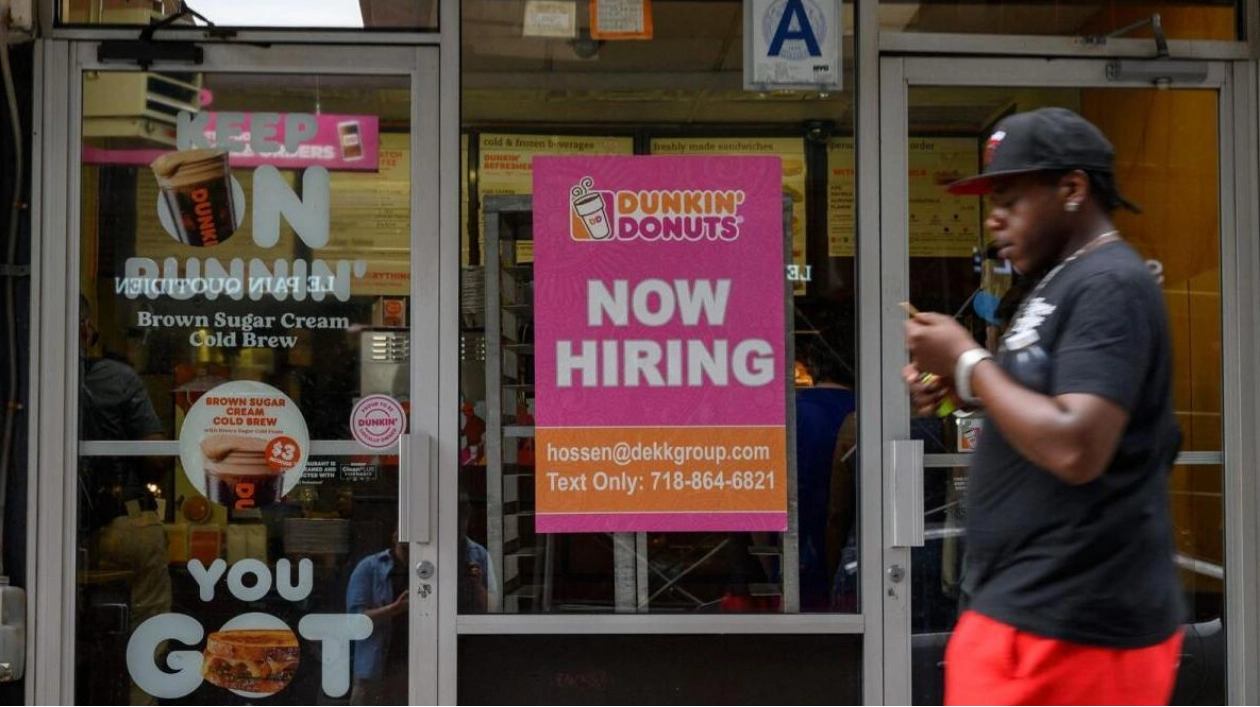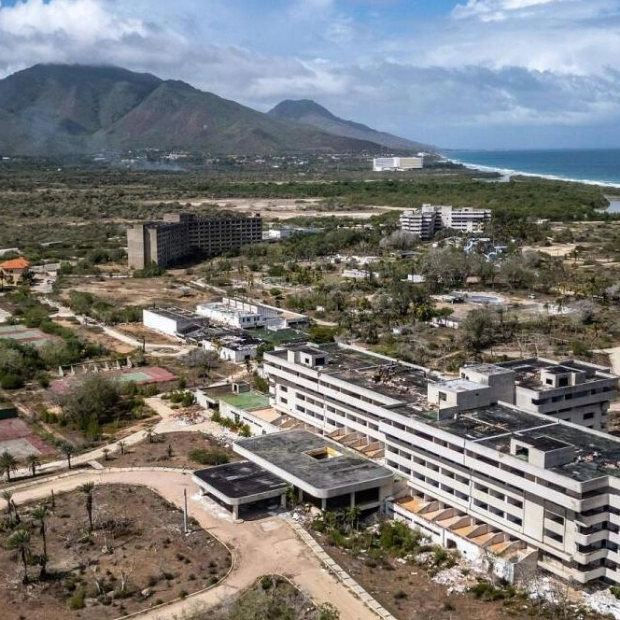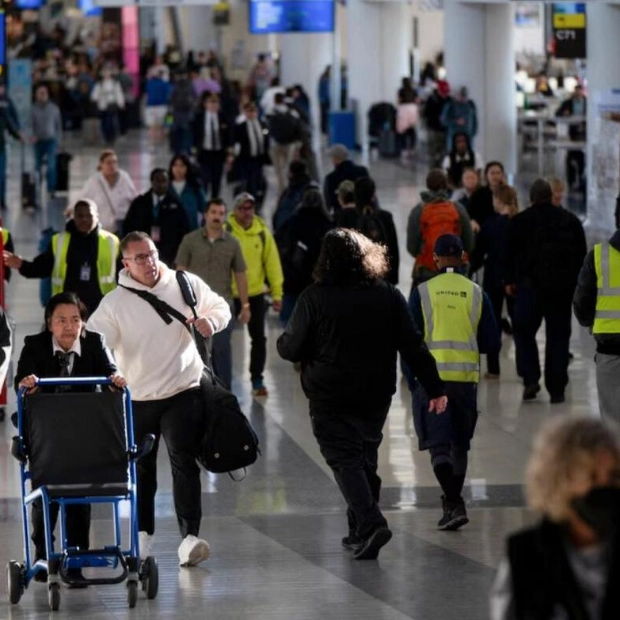The latest figures show a slight increase in the number of Americans applying for unemployment benefits, suggesting a stabilization near a level that indicates a gradual cooling in the labor market. This trend should pave the way for the Federal Reserve to initiate interest rate cuts as early as next month.
A recent slowdown in US business activity, due to companies' reduced ability to raise prices, further supports the notion that the economy is decelerating and inflation is easing, allowing the Fed to concentrate more on the job market. With expectations of a rate cut next month, mortgage rates have already started to decline, boosting a stronger-than-anticipated rebound in existing home sales last month.
Initial claims for state unemployment benefits increased by 4,000 to a seasonally adjusted 232,000 for the week ending August 17, according to the Labour Department. This figure is slightly above the 230,000 claims predicted by economists polled by Reuters. The data should help alleviate concerns about a rapid deterioration in the labor market, initially raised after a significant slowdown in job growth in July, which also saw the unemployment rate climb to a post-pandemic high of 4.3%.
The latest claims data coincides with the survey week for the current month’s employment report from the Labour Department. The stabilization in new filings suggests a minor decrease in the unemployment rate for August, according to Nancy Vanden Houten, lead US economist at Oxford Economics. She noted that while the labor market is softening, it is not weak enough to necessitate more than a 25 basis point rate cut at the Fed’s September meeting.
Fed officials are closely monitoring the labor market, aware that delaying rate cuts could have severe consequences. Despite historically low layoffs, the slowdown in the labor market is largely attributed to firms reducing hiring, following an immigration-driven surge in labor supply. The Fed’s substantial rate hikes in 2022 and 2023 are currently curbing demand. The US central bank has maintained its benchmark overnight interest rate in the 5.25%-5.50% range for over a year. With the first rate cut widely anticipated at its September 17-18 policy meeting, the focus is on the magnitude of the reduction—whether it will be a quarter or a half percentage point.
The number of individuals receiving benefits after an initial week of aid, a proxy for hiring, rose by 4,000 to a seasonally adjusted 1.863 million during the week ending August 10, as per the claims report. The report on business activity also indicates a controlled cooling in the economy. S&P Global's flash US Composite PMI Output Index, which monitors the manufacturing and services sectors, dipped to 54.1 this month, a four-month low but still a robust level among the highest recorded over the past two years. This follows a final reading of 54.3 in July.
A reading above 50 signifies expansion in the private sector. While the services sector showed a slight improvement, it was overshadowed by a slowdown in manufacturing. Average prices for goods and services increased at the slowest pace since January, reflecting businesses' reports that customers are resisting high prices by bargain-hunting, reducing purchases, and opting for lower-priced alternatives. The nearly unchanged composite PMI suggests that economic activity remains solid as the third quarter progresses. Gross domestic product grew at a 2.8% annualized rate in the second quarter, accelerating from the 1.4% pace in the first quarter.
The robust growth in August indicates strong GDP growth exceeding 2% annualized in the third quarter, which should help alleviate near-term recession fears, according to Chris Williamson, chief business economist at S&P Global Market Intelligence. The decline in selling price inflation to a level close to the pre-pandemic average also supports the case for lower interest rates. The survey's measure of new orders received by private businesses slightly increased to 52.3 from 52.2 in July. Its measure of prices paid by businesses for inputs remained unchanged at 58.0, while the survey's gauge of prices charged dipped to 52.8 from 53.1 in July.
In addition, US existing home sales exceeded expectations in July, ending four consecutive months of declines, as improving supply and falling mortgage rates signal a potential rebound in housing activity in the coming months. Home sales increased by 1.3% last month to a seasonally adjusted annual rate of 3.95 million units, according to the National Association of Realtors. This is slightly above the 3.93 million units forecast by economists polled by Reuters. Existing home sales, which constitute a significant portion of US housing sales, fell by 2.5% year-over-year in July. The median existing home price surged by 4.2% from a year earlier to $422,600. Inventory rose by 0.8% to 1.33 million units last month, while supply increased by 19.8% compared to the same period last year.






